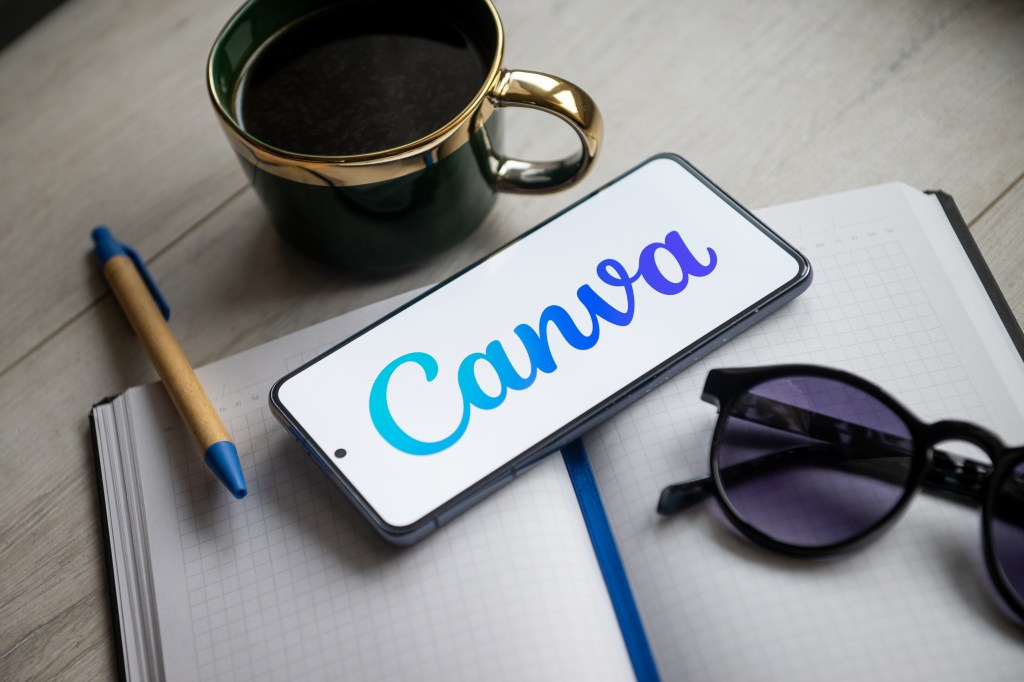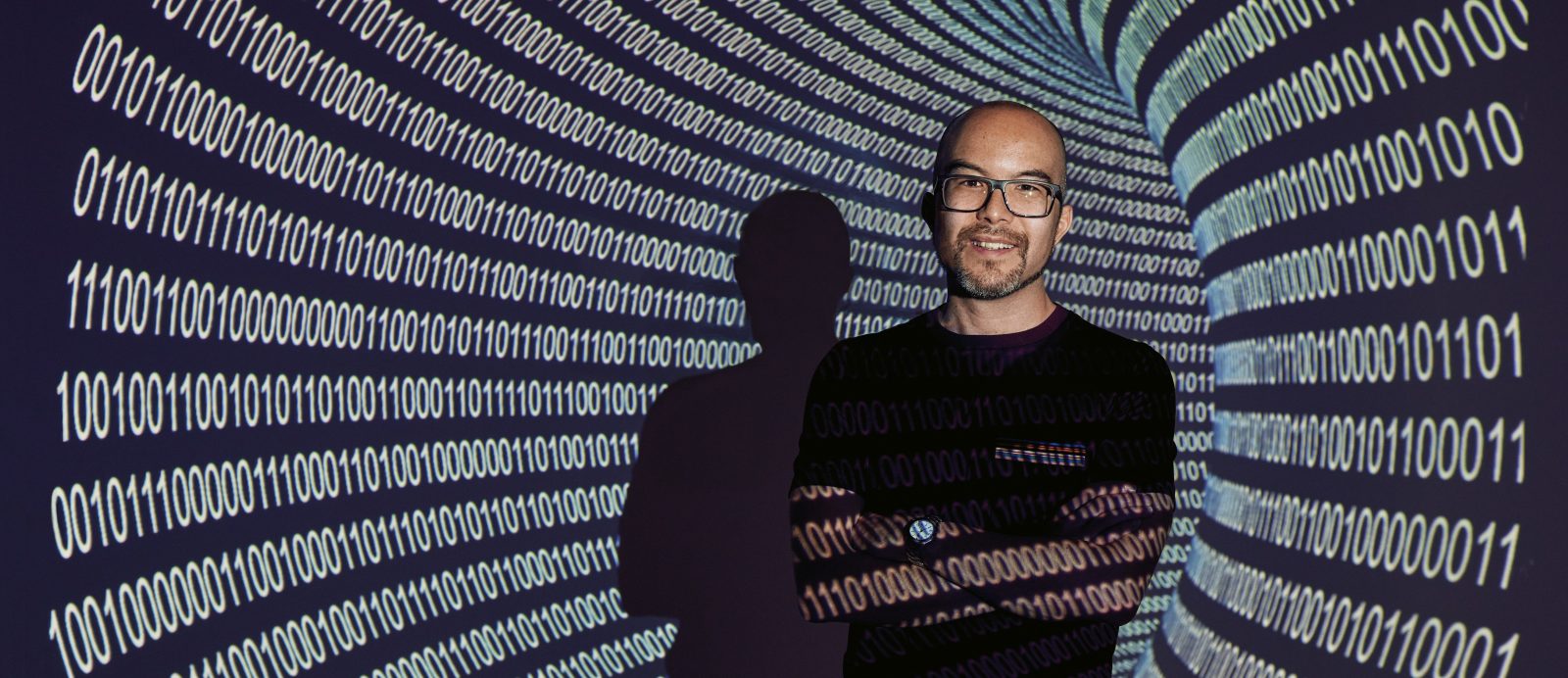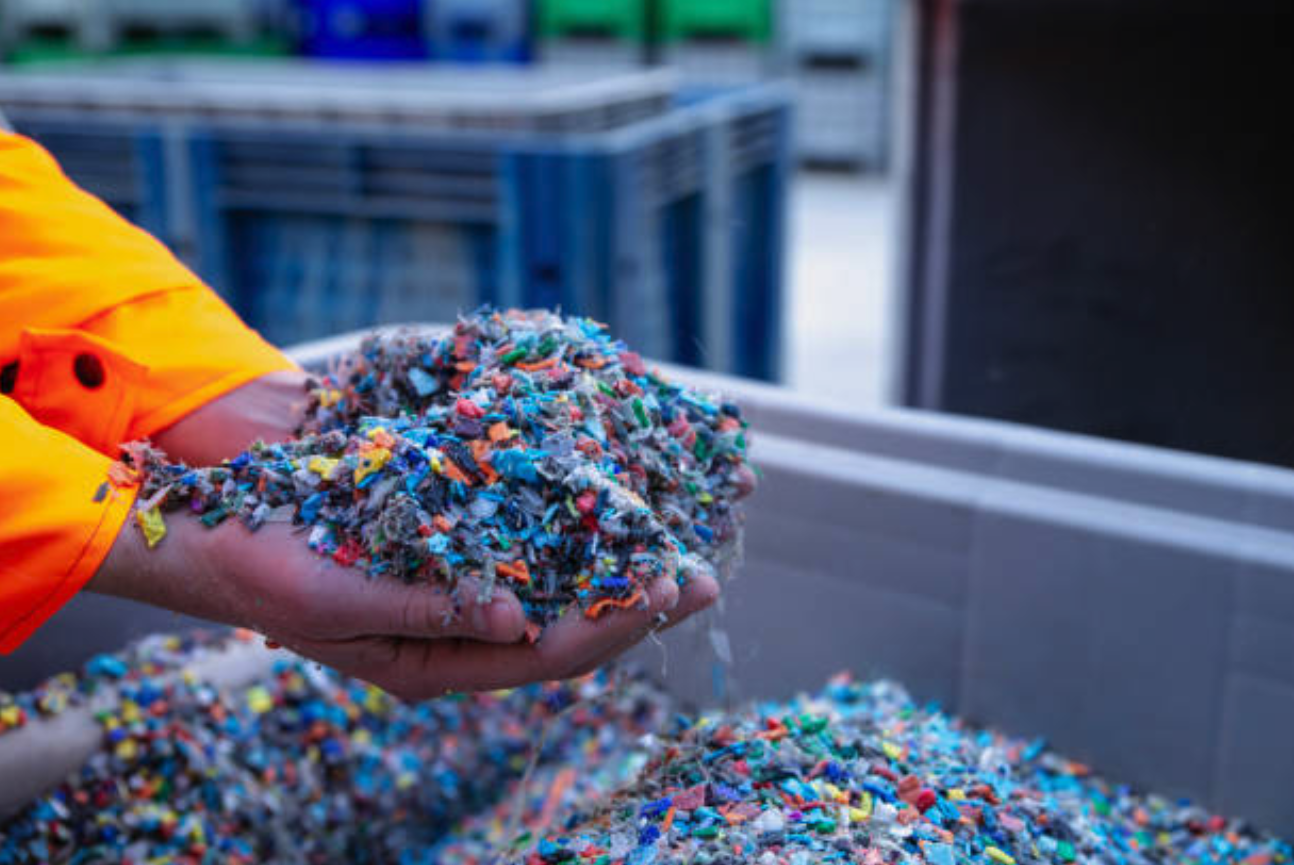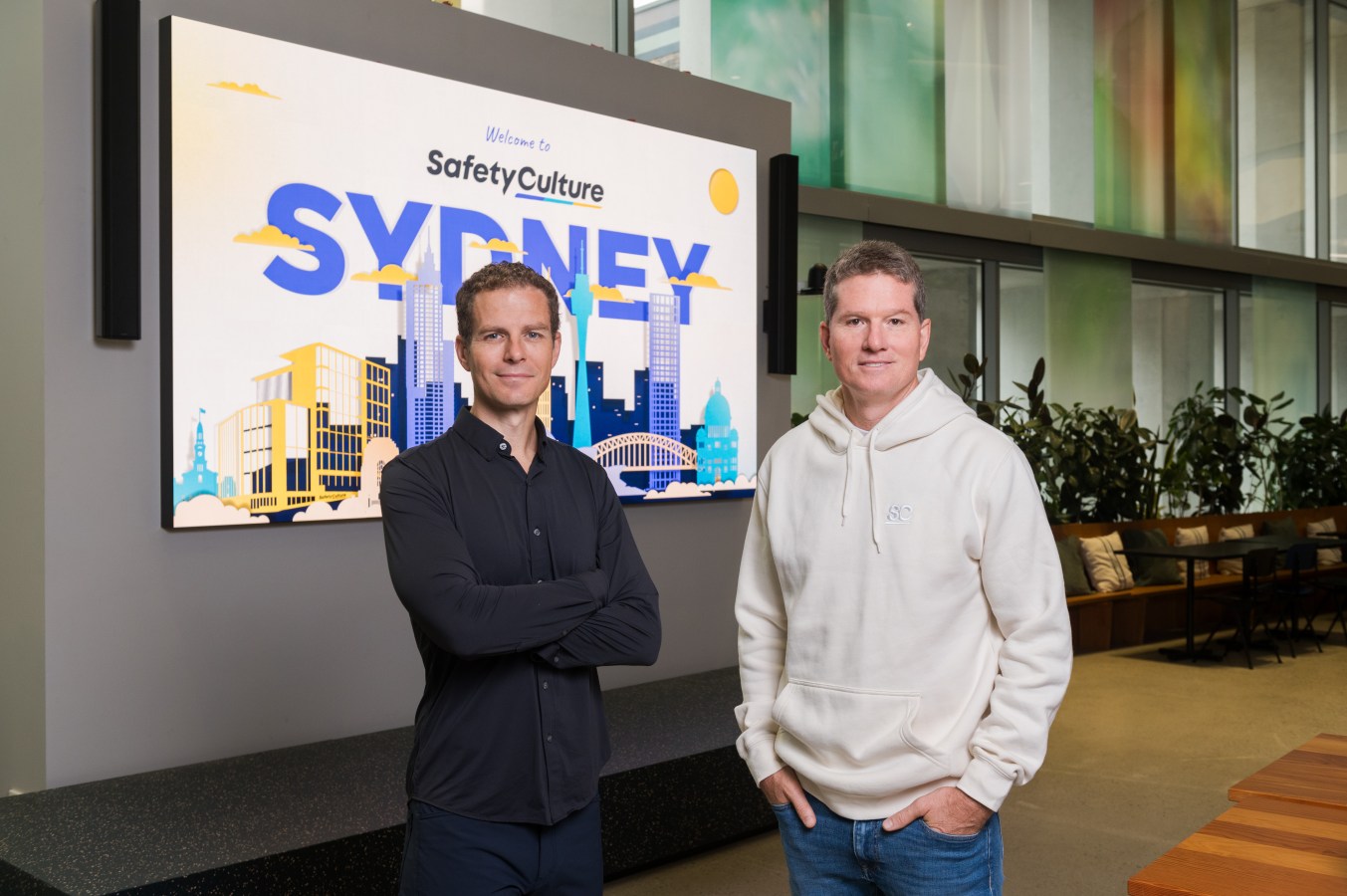More than four years after the pandemic introduced a whole new way of working, the debate on hybrid work is far from over.

At the time of writing, many companies are dabbling with return-to-office mandates while others stay as permanent remote, as everyone looks to maximise productivity and efficiency in an uncertain economic environment. Meanwhile, millions of employees have now enjoyed years of flexibility and many overwhelmingly agree hybrid work is fuelling productivity as a result of increased work-life balance.
At Canva, we’ve adopted a hybrid approach grounded in our pillars of flexibility and connection, underpinned by inclusion. We don’t have a mandatory company-wide amount of time to spend in an office. We trust our team to choose the type of environment that works best for them and their team, whether it’s in a physical space, at home, or a mix of both. Four years into this way of working, we’ve found this to be the most effective way to empower our team to balance meaningful moments of in-person team collaboration and connection, with their life outside of work.
As we’ve shifted to this hybrid model, we’ve needed to reconsider the role of our offices, re-evaluate wellbeing, evolve our ways of working, and redefine our model of leadership. In this article, I’ll take you through some of our learnings so far in the hope it’s helpful for other teams finding themselves in the midst of the future of work debate.
It’s important to note that while hybrid work ticks many boxes, it isn’t a one-size-fits-all solution for every industry, every company, and every person. What works for us won’t necessarily work elsewhere and it’s important to build a model with your values and non-negotiables in mind. For us, this has been the importance of balancing flexibility, connection and inclusion.
Building the foundations
Understanding what matters most to you and your teams is one of the most important places to begin. For us, flexibility and connection were the two principles we kept coming back to. We talked about this as a leadership team, as well as heard about it from our team.
Taking the time to listen and understand what your team needs to do their best work and achieve their goals was one of the most important, and first steps we took. Once you know this, you’ll be in a much better position to develop a set of clear guiding principles to centre your decisions and to continue to evolve your model as things change.
It’s also important to ensure expectations are clearly communicated to your team around office attendance, ways of working, and the role every single person plays in building a strong hybrid culture.
Embedding asynchronous ways of working
Hybrid work has revealed the need for more effective remote and asynchronous work practices. When you’re not able to gather around a whiteboard or put sticky notes on a wall, building strong and inclusive asynchronous ways of working becomes a critical part of creating a strong and productive hybrid culture.
In a hybrid environment, empowering teams with the right systems, processes, and tooling to enable information-sharing, decision-making, and collaboration virtually, without relying on a calendar full of meetings, is more important than ever, particularly for teams collaborating across different time zones.
Related
As a team working across the globe, we default towards hybrid and asynchronous communication and we’ve designed our ways of working around this. A big part of this has been embedding visual communication into our everyday operating practices, tech stacks, and work environment to increase efficiency and collaboration while reducing “busy work”.
We use online whiteboards, video messaging, docs, and presentations to gather information, brainstorm ideas, and make quick decisions from anywhere in the world. If someone can’t make a meeting, we can create a talking presentation so they can catch up at any time and from any location.
Communicating creatively
Hybrid work has dramatically shifted the way we share and digest information, with teams now inundated with more content, channels, and updates than ever before. Equipping teams with the information they need to perform their roles effectively while deepening alignment and understanding around your mission, values, and goals has never been more critical.
As the world becomes an increasingly visual place, leaders are turning to visual storytelling to cut through the noise with employees, with 89% believing visual communication tools help teams engage with important materials (Canva Visual Economy Report).
At Canva, our internal communications team is always experimenting with new and creative ways to keep teams informed, connected, and engaged. Each month, we host an all-hands known as Canva TV which has an in-person studio audience but is also streamed and recorded to be watched either remotely or in-office watch parties around the world. At the start of each month, we also share a ‘Canva Wrap’ newsletter that highlights everything from newly launched people programs to upcoming global events. Both of these are naturally designed and produced with Canva, meaning our whole team can then add comments and reactions to the content.
Evolving the role and design of the office
In comparison to static or text-heavy communication methods, these visual formats play a critical role in keeping our communications streamlined, engaging, and scalable as we grow.
After years of hybrid work, the role of the office has fundamentally changed, prompting a vast rethinking of what physical workspaces are for and how we should be designing them.
While we don’t have any requirements around office attendance, we regularly hear from our team about how much they value the connection and collaboration that’s made possible with our physical spaces. Today, we’re seeing the majority of our team choosing to work from our campuses and hubs. In Sydney, more than half of our team uses our campus at least once a week, and we’re seeing large surges coming into the office during internal events.
Related
As a result, we’ve evolved the way we design and use our spaces around the world. We’ve slightly reduced the number of desks as our team comes and goes while increasing the number of spaces for events, celebrations, team bonding, and goal-planning workshops because we hear these are the things our team finds most meaningful and impactful about time spent in person.
Offsetting learning by osmosis
The shift to hybrid work has changed the way we develop and grow teams. There’s a common misconception that learning is best done when people are in the same room, however, hybrid work has shown us that virtual learning can be just as effective as in-person learning – if not more. Virtual learning can be scaled easily; delivered continuously and flexibly, and in ways that accommodate different learning styles. For example, the content can be recorded and watched again at any time, or transcribed for those who prefer to read.
To offset the reduction in ’learning by osmosis’, we’ve designed our learning and performance frameworks to support a remote environment, starting with a week of virtual onboarding sessions for all new starters and then ongoing opportunities to participate in online learning sessions cultivated by an internal team known as Canva University.
We’ve also equipped our leaders with knowledge and training sessions around things like navigating and preventing unconscious and proximity bias, as well as designed a culture of continuous and effective feedback in a hybrid world.
Supporting wellbeing by fostering inclusion
Hybrid work requires a different approach to wellbeing – one that’s multi-faceted and inclusive of different work styles and preferences.
As we’ve re-evaluated our wellbeing strategies, we’ve been very intentional about ensuring events, programs, and benefits are adaptable to any kind of environment. For example, our “Vibe & Thrive” benefit supports our team with their home office set-up, professional development, and wellbeing, and we’re building a strong remote culture that includes regular online events, remote social clubs, and spotlighting our remote teammates in our weekly internal magazine to ensure a sense of belonging and recognition from anywhere in the world.
On the whole, we’ve found these types of initiatives to be incredibly empowering and effective for our team in building meaningful connections, accelerating collaboration, and sparking productivity.
The impact of hybrid work
Overall, I truly believe hybrid work is here to stay. While it’s difficult to quantify the impact that hybrid work has had on maximising efficiency and growth at Canva, we know without a doubt it has increased our output and productivity, attracted top talent from diverse backgrounds, and improved our team’s work-life balance.
Strong cultures aren’t limited to the four walls of an office – they’re driven by a deeply shared mission, values, and the work you do as a team from anywhere in the world. When people are truly empowered to build work around their lives, rather than the other way around, they’re more likely to do their best work.
Jennie Rogerson is the Global Head of People at Canva.




